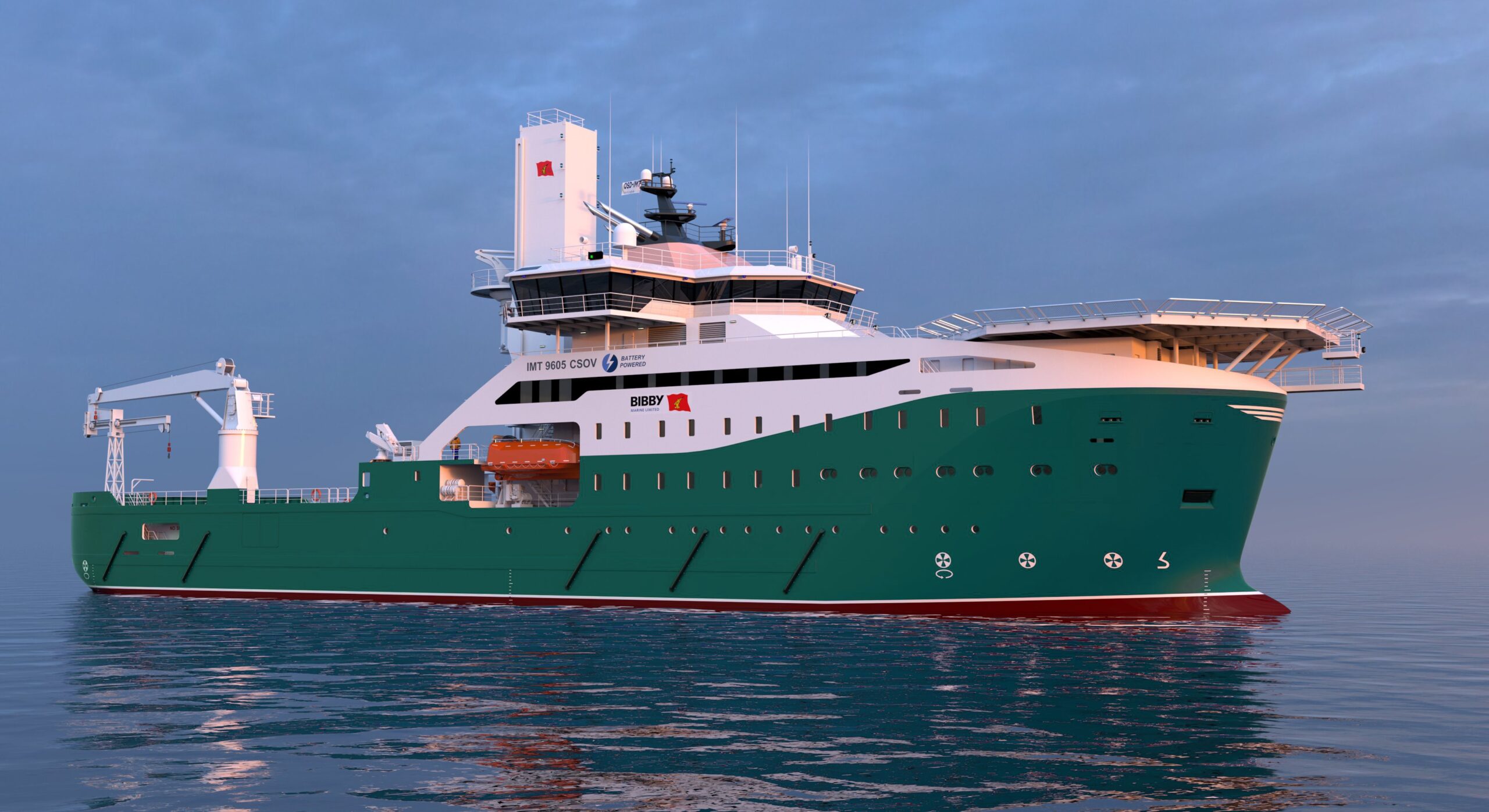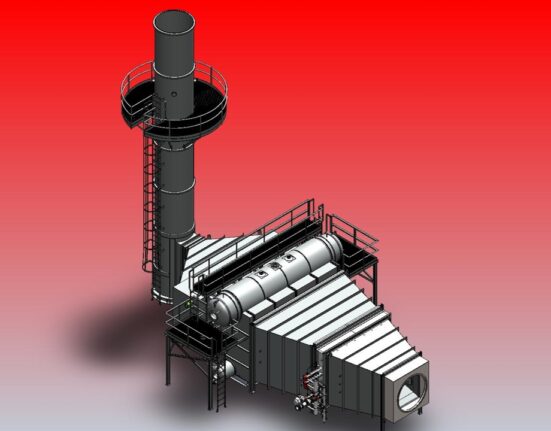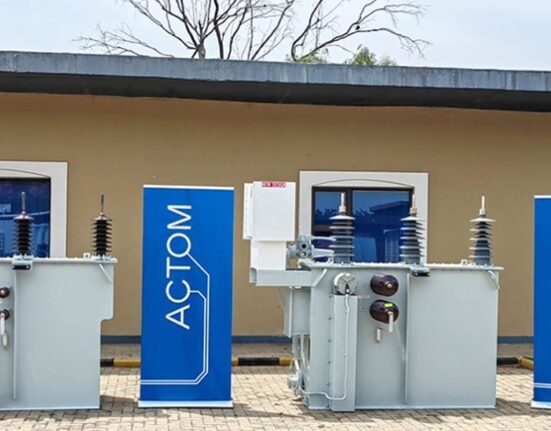The offshore wind industry is on the brink of a groundbreaking transformation with the introduction of electric service and crew transfer vessels. Recent research conducted by ScottishPower Renewables (SPR) has unveiled the immense potential of electric vessels in not only reducing emissions but also cutting costs for offshore wind operations.
In a strategic move to explore innovative solutions for decarbonizing offshore windfarm activities, SPR commissioned two comprehensive studies by MJR Power and Automation and Oasis Marine. These studies have shed light on the feasibility and benefits of utilizing battery-powered vessels equipped with offshore charging capabilities to serve wind farms efficiently.
According to SPR, the electrification of offshore operations through Electric Service Operation Vessels (E-SOVs) and Electric Crew Transfer Vessels (CTVs) presents a promising opportunity for significant environmental and economic advantages. The studies confirm that electric vessels can lead to a substantial reduction in greenhouse gas emissions as well as fuel expenses for wind farm operators.
“The electrification of offshore operations is technically feasible using E-SOVs that can operate at sea for extended periods,”
highlighted the SPR reports. Furthermore, it was emphasized that employing electric CTVs to serve near-shore wind farms is both operationally viable and economically advantageous.
The MJR study underscored that electric options are highly suitable for offshore wind farm operations due to the convenience of regular charging directly at energy production sites. It also predicted that operating expenses for electric vessels would soon outcompete their marine gas oil-powered counterparts, making them a cost-effective choice in the coming years.
Offering a glimpse into future possibilities, the Oasis Marine study revealed that utilizing their field charging solution—Oasis Power Buoy—can provide stability amidst fluctuating fossil fuel prices while ensuring predictable costs aligned with business models. This innovative approach could potentially save thousands of tons of carbon dioxide emissions and millions in fuel costs over the lifespan of wind farms.
Ross Ovens, SPR’s managing director for offshore operations, expressed optimism about the transformative impact these studies could have on global offshore wind operations.
“The valuable insights from this research could pave the way for a new era in how we manage offshore wind farms worldwide,”
Ovens remarked enthusiastically.
These findings mark a significant advancement towards sustainable maritime practices within the industry. Through initiatives like Operation Zero launched at COP26, stakeholders are collaborating to accelerate zero-emission vessel adoption and promote eco-friendly technologies across maritime sectors.
Leo Hambro from Operation Zero’s steering committee commended developers and supply chain companies for their collaborative efforts in driving industry-wide change:
“Through studies like these, we will innovate and usher in a sustainable maritime future.”
As technology continues to evolve, embracing electric vessels may not only revolutionize offshore wind operations but also set new benchmarks for environmentally conscious practices across industries globally.









Leave feedback about this